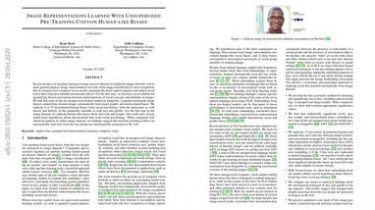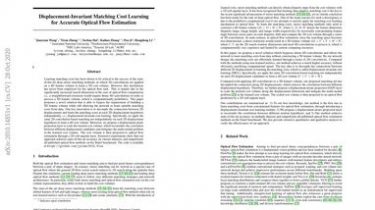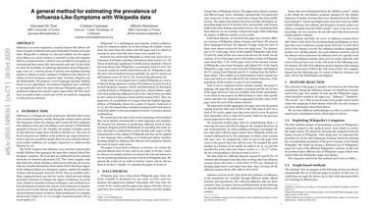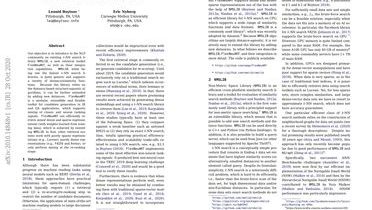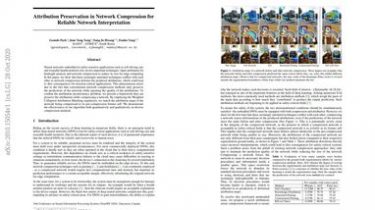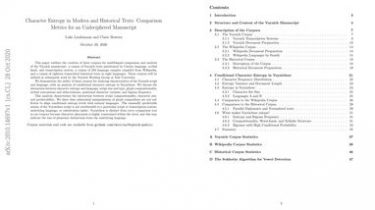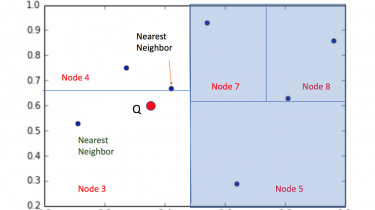Image Representations Learned With Unsupervised Pre-Training Contain Human-like Biases
Recent advances in machine learning leverage massive datasets of unlabeled images from the web to learn general-purpose image representations for tasks from image classification to face recognition. But do unsupervised computer vision models automatically learn implicit patterns and embed social biases that could have harmful downstream effects?.. For the first time, we develop a novel method for quantifying biased associations between representations of social concepts and attributes in images. We find that state-of-the-art unsupervised models trained on ImageNet, a popular […]
Read more